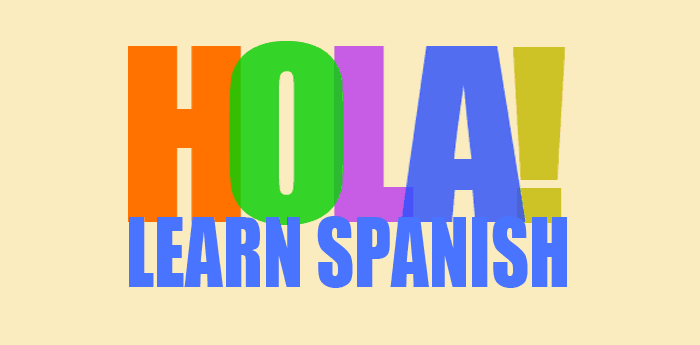[vc_row][vc_column][vc_column_text]Learn Spanish for free? As the Director of Marketing for Cabarete Language Institute, I often take Spanish classes at CLI. This is the best way to learn a language; however I do not always have time for a class and I enjoy leaning on my own. Here is a list of 10 free resources I use to compliment my Spanish studies.
1. Duolingo for iPad, Android and Web
• Google Play’s “Best of the Best” 2013.
• “Far and away the best free language-learning app.” —The Wall Street Journal
•It’s free, for real. No fees, no ads, no gimmicks.
•It’s fun. Lose hearts for answering incorrectly, advance by completing bite-sized lessons, and track your progress
•It won’t replace your teacher at CLI, but if you only have ten minutes a day to study it’s better than nothing.
2. Destinos – 1980’s Program from University of Illinois and PBS
An introduction to Spanish told in a telenovela style filmed in multiple Spanish speaking countries.
Good to watch at night when you are too tired to actually study and the 80’s clothes and hairstyles make for a good laugh.
http://learner.org/series/destinos/watch/
3. BBC Spanish Language Portal
More than just news in Spanish, a portal on Spanish language activities. Check out their seemingly impossible crossword puzzles and brain scrambling games.
http://www.bbc.co.uk/languages/spanish/news/
4. 100 Most Common Spanish Verbs
Around week two of Cabarete Langue Institute’s Intensive Spanish course you will be presented with irregular stem changing verbs. This happens in the present tenses with –ar, er, and –ir ending verbs. The vowel can go from e to ie, o to ue, or e to i. (pensar > yo pienso, seguir> yo sigo, etc.). To quote our Spanish text book The Ultimate Spanish Review and Practice: “You cannot predict from the infinitive which verbs will have a stem change and which will not….It is therefore necessary to memorize the verbs that have a stem change.” This is very true. So do yourself a favor and master the 100 Most Common Spanish Verbs and you will be able to say just about anything.
http://www.linguasorb.com/learnspanish/most-common-verbs
5. Conjuverb for Ipad and Iphone
Conjuverb is a verb conjugator for iPad and iPhone that allows you to quickly look up any conjugated Spanish verb and see the English translation. It also will display the full conjugation of any Spanish verb. A fully customizable built in Flash Card module is great for self-testing. You can chose from a group of the most commonly used Spanish verbs or create your own list and you can chose which conjugations to work on. http://conjuverb.com/
6. Verbix.com on Web
A handy website to check verb conjugations:
http://www.verbix.com/languages/spanish.shtml
7. Wordreference.com
Master a single word:
http://www.wordreference.com/es/
8. Spanish English Dictionary Freemium for iPad and iPod:
A free Spanish English offline dictionary for your iPad or Iphone. It’s free for the basic edition which is sufficient for most students and includes a phrasebook, verb conjugator and vocabulary quizzes. Unlike a lot of dictionary or verb apps this one works fully offline, which means you do not need to be connected to the Internet to look up a word.
9. Google Translate
Google translate does a decent job translating simple sentences. Forget about putting in an entire document and expecting a well translated document to come out but it can be used as a tool for practicing the art of writing in Spanish.
10. Dominican Republic Trip
The best free resource for learning Spanish is to come to the Dominican Republic and just walk around and talk to the people. Folks here are very friendly, so come on down for a visit and remember to visit CLI for some person-to-person language instruction.[/vc_column_text][/vc_column][/vc_row]

